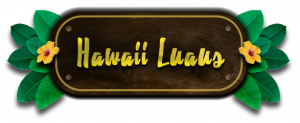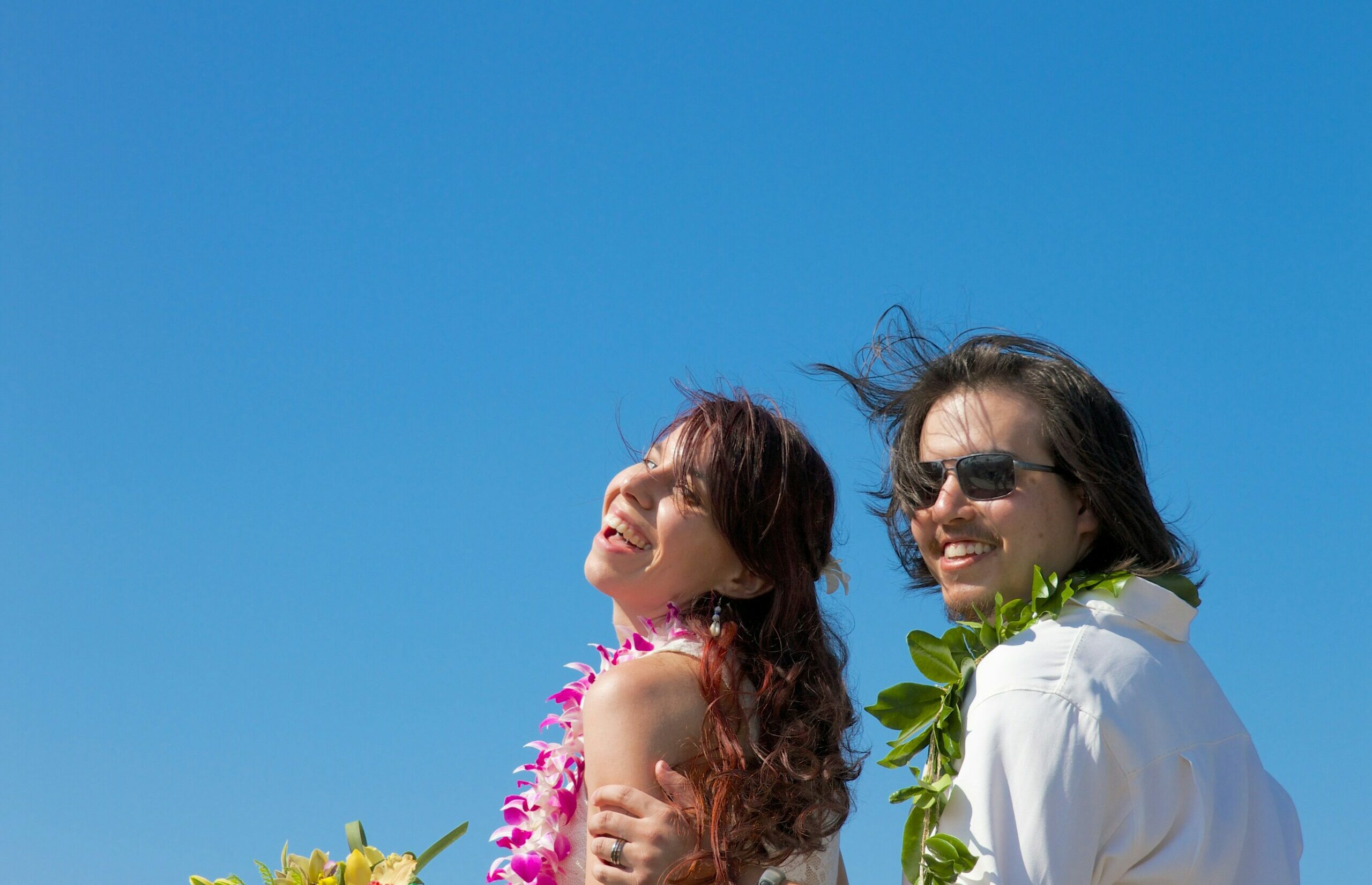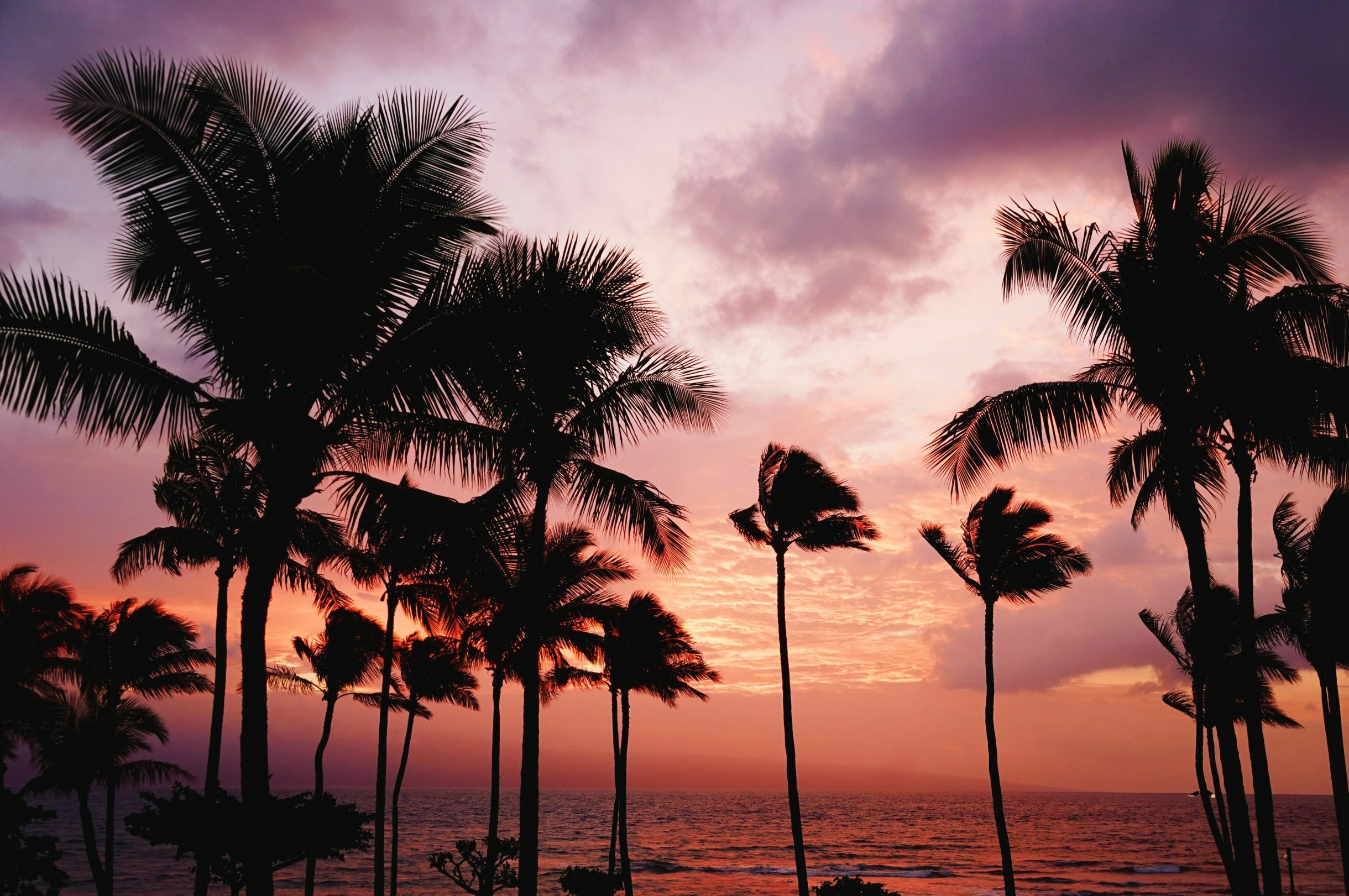How the Locals Luau
by Dorine C., March 11, 2020
The tradition of a luau as a social gathering meant to unite people remains a part of the local culture in Hawaii. The modern luau has a few differences from the luaus of the past, but significant elements remain the same. Let’s take a look at how the locals luau.
A Brady Bunch Luau
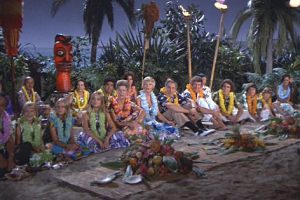
If you’re old enough to recall the Brady Bunch television series, you probably remember their adventures in Hawaii. When non-locals think of a Hawaiian luau, what comes to mind is the type of luau similar to the one attended by the Brady Bunch: A nighttime feast on the beach, with tiki torches, swaying palm trees, and a sky full of stars.
This type of made-for-TV party includes hula dancers in grass skirts, fire dancers, fruity drinks with umbrellas, and a roasted pig on a long buffet table full of food. That is usually what you’ll get when you take part in one of the terrific commercial luaus in Hawaii. you experience the same magic seen in that iconic Brady Bunch episode.
These types of luaus are tailor-made for tourists, whose expectations are heavily influenced by movies, television, and other media. While Brady Bunch-style luaus are always a lot of fun and surely memorable, they’re not representative of how Hawaii locals put on a luau.
First, a Bit of Luau History
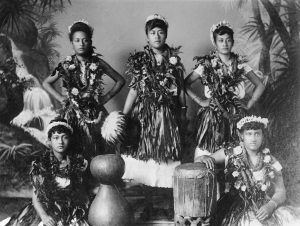
Luaus were large celebrations meant to unify and strengthen community and familial ties. The luau became an integral part of Hawaiian culture.
The name “luau” comes from the young leaves of the taro plant, a staple of the Hawaiian. When combined with coconut milk and some type of meat, the young leaves turn into a delicious meal. This dish was served at the celebrations, hence the name “luau.”
Before 1819 and the reign of King Kamehameha II, men and women were forbidden to share meals. Being a forward thinker and unifier, he broke the taboo, and the luau as we know it began. The Hawaiian Royal family routinely used luaus for political purposes, welcoming heads of state and notable guests to the islands. Meanwhile, the luaus continued to be held to celebrate special occasions by families and communities.
During the Hawaiian tourism boom mid-20th century, luaus became popular with visitors. The novelty of an outdoor party at night, filled with food, fragrant flowers, and music, turned the commercial luau into a tourist event that remains popular to this day.
Types of Local Luaus

Today there are two types of luaus, the commercial, pay-to-attend, type of dinner show that is prolific in Hawaii, and the personal, non-commercial type of luau. Both are thriving.
The luau tradition remains very much alive, and Hawaii locals find plenty of excuses to have one.
If you are just visiting, odds are you won’t get to experience a locals’ luau, But, if you live in Hawaii for any period, you will inevitably receive an invitation to attend a luau. The reasons to hold a luau are many. The most common celebrations are graduations, weddings, birthdays, and the much-loved first birthday “baby luau.”
Local Luaus: Baby’s First Birthday
In most ancient cultures around the world, the lack of medical technology meant that having a child survive its first year was an important milestone. The Hawaiians were no different. Children who were able to reach the age of one defied the odds and that was cause for celebration. This tradition remains part of modern local Hawaiian culture.
Hawaii is a multi-cultural melting pot, and the baby luau is celebrated by people of all ethnicities, not just those who identify as Hawaiian. Some baby luaus are lavish affairs, with a hundred or more guests. Locals may even spend more on their baby luaus than on their weddings!
Unlike commercial luaus held at night, most baby luaus begin in the daytime and can extend into the night. The baby luau is not just a celebration of life, but a way to formally introduce a baby into the community. By holding a large gathering, family and friends can come to meet their new members and pay their respects.
Local Luaus: Weddings

Often a little fancier than a baby luau, the wedding luau still has the significant elements of a baby luau, but with a more formal touch.
Held outdoors, a wedding luau may have all the traditions of a typical wedding reception (a bouquet throw, first dance, wedding cake, and toasts) as well as the music and food of a traditional luau. It is a wedding reception, done Hawaiian style.
Some uniquely Hawaiian wedding traditions you might find include the “blowing of the Pu” (conch shell), the exchanging of leis, the “Oli Aloha” chant, and a Hawaiian blessing of the rings.
Local Luaus: Graduations
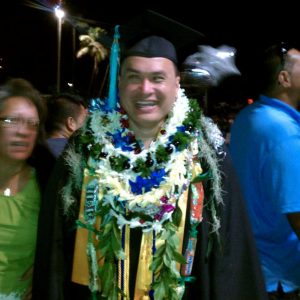
In Hawaii, it’s not about what college you attended. The locals will gauge who you know and what your socioeconomic background is by the high school you graduated from. A common question the locals have for new people they meet is, “What year you grad?” Which translates into, “What year did you graduate high school and which high school did you go to?” High school graduations are a big deal in the islands.
Graduation luaus are all about the leis. The leis are meant to wish the graduate success and a good, long life. At their luau, the graduate can be found under a mound of leis almost as high as their head. Very often, they find themselves hanging excess leis over their arms just to give themselves breathing room!
Don’t ever go to a local graduation without bringing a lei to give to the graduate– whether the lei is made of fresh flowers, candy, cloth, or money doesn’t matter. Just bring one. It’s bad manners not to bring a lei to a graduation luau.
How the Locals Luau – Logistics
Planning
Oahu is notorious for the small square footage of its homes. Big backyards just aren’t common here. Given that most residents live in condos and apartment buildings, where do the locals hold an outdoor feast for 100 of their closest family and friends?
We get creative. Many utilize Hawaii’s beautiful public beaches and parks, reserving the space months in advance. There are also well-known beach houses or ranch lands that are available to rent for such celebrations. Others may ask family members or friends who have large yards or empty lots to host their luau parties.
Tent and outdoor party rental services are a booming business in Hawaii because of all the luaus. However, some families choose to simply purchase their own equipment: tents, tables, and chairs. They are considered family property, available for use at all family luaus. Everybody is someone’s cousin…
Dress Code
The “dress code” for most local luaus is casual. Extremely casual. Flip flops casual. Local folks tend not to fret about formal wear, especially the men. The male idea of luau attire is khaki shorts (board shorts if it’s a beach luau), flip flops, and an aloha shirt. But that can vary with the occasion and location.
For wedding luaus, the men might dress up a bit more. They may even wear long pants and shoes. The Hawaiian shirt, though, is still the norm even for formal occasions.
Women usually dress up slightly more than men, with some even wearing sandals instead of flip-flops.
Entertainment

Unlike the extravagant luaus staged for tourists, the entertainment for a local luau doesn’t typically include fire dancers, unless there’s a talented cousin in the family.
If there’s professional entertainment at a luau, it often consists of a local band or singer, sometimes a DJ and a dance floor, and occasionally a hula performance, especially if there’s a talented cousin or auntie in the family.
Many women (and men) in Hawaii grew up learning to dance hula at one point or another in their lives. There is always an aunt, sister, niece, or family friend who is either a professional or expert hula dancer or someone’s kid willing to dance. Although they don’t usually wear grass skirts during their dance, the dancing is just as graceful and beautiful.
The most common luau entertainment, however, is when a few guests break out a ukulele or two, maybe a guitar, and the singing starts.
Food
The food at a local luau typically includes some use of taro. Food is either wrapped and steamed in young taro leaves, as with a laulau or involves the taro root, as with poi.
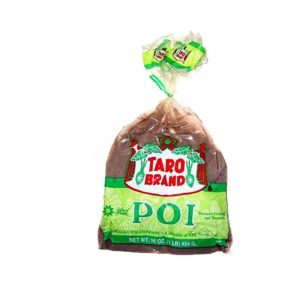
Other traditional luau dishes involve pork and chicken. A dish called kalua pig, shredded slow-cooked smoked pork is regularly served alone or with finely shredded bits of cabbage. Another very common luau dish is a simple chicken stew served with rice noodles, called chicken long rice. Fresh poke is a must, cubed fish tossed with chopped seaweed and salt. Roasted pork is often accompanied by a type of salad consisting of salmon bits with chopped tomatoes and onions called lomi lomi salmon. Rice is usually the starch of choice at a luau.
Who cooks all this good food? Hopefully, the person throwing the luau has an aunt or uncle—or five—who’s willing to do the cooking. Sometimes, family and friends pitch in and do the work together. Sometimes, more ambitious families will build an imu, or underground barbecue pit, to slowly roast the pork served at their luau.
To avoid the effort of digging an imu, many locals find themselves catering to their luau. There are caterers specializing in luau food on all of the main islands.
Food at a luau also reflects the multicultural nature of Hawaii. Along with traditional luau food, you’re likely to find dishes from other cultures. Chinese noodles, Korean barbecue beef, and Portuguese doughnuts called malasadas have become luau staples. Cake and ice cream have also been incorporated into luaus, especially for weddings and birthdays.
The Charm of the Local Luau
There are many venues in Hawaii where a good old Brady Bunch-style luau, complete with hula dancers in grass skirts and a fire knife show, can be enjoyed. Even local people will find themselves enjoying these productions at one time or another, while entertaining out-of-town guests or for a company holiday party, for example. (If you’ll be visiting soon, click here to check out what’s available!)
The typical local luau lacks the elaborate, highly-produced feel that the big commercial luau venues offer, but what they lack in extravagance, they make up for in heart. Local luaus retain the community unifying experience that King Kamehameha II set out to create in the first true Hawaiian luaus. A place where friends and family can come together to celebrate the gift called life.
